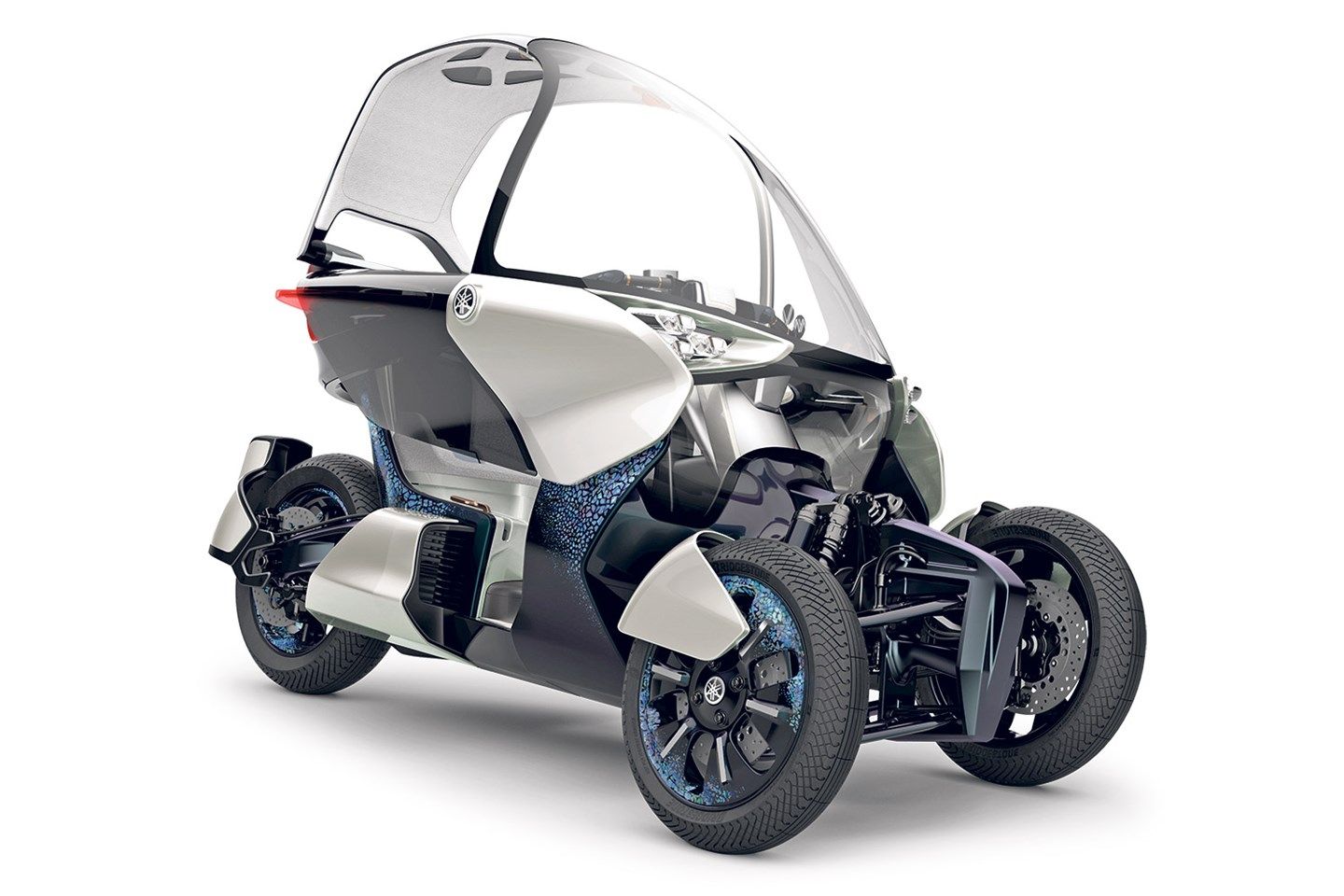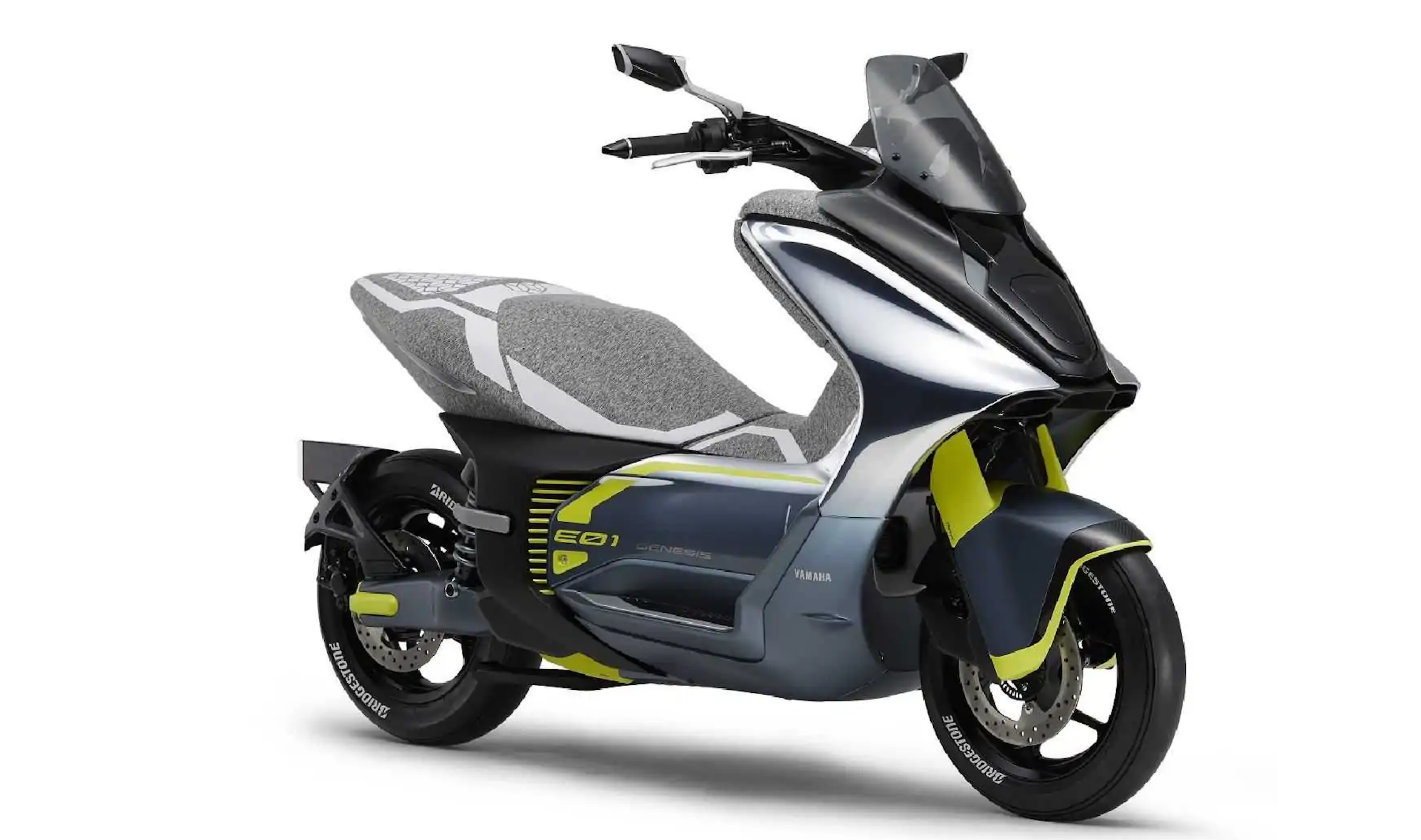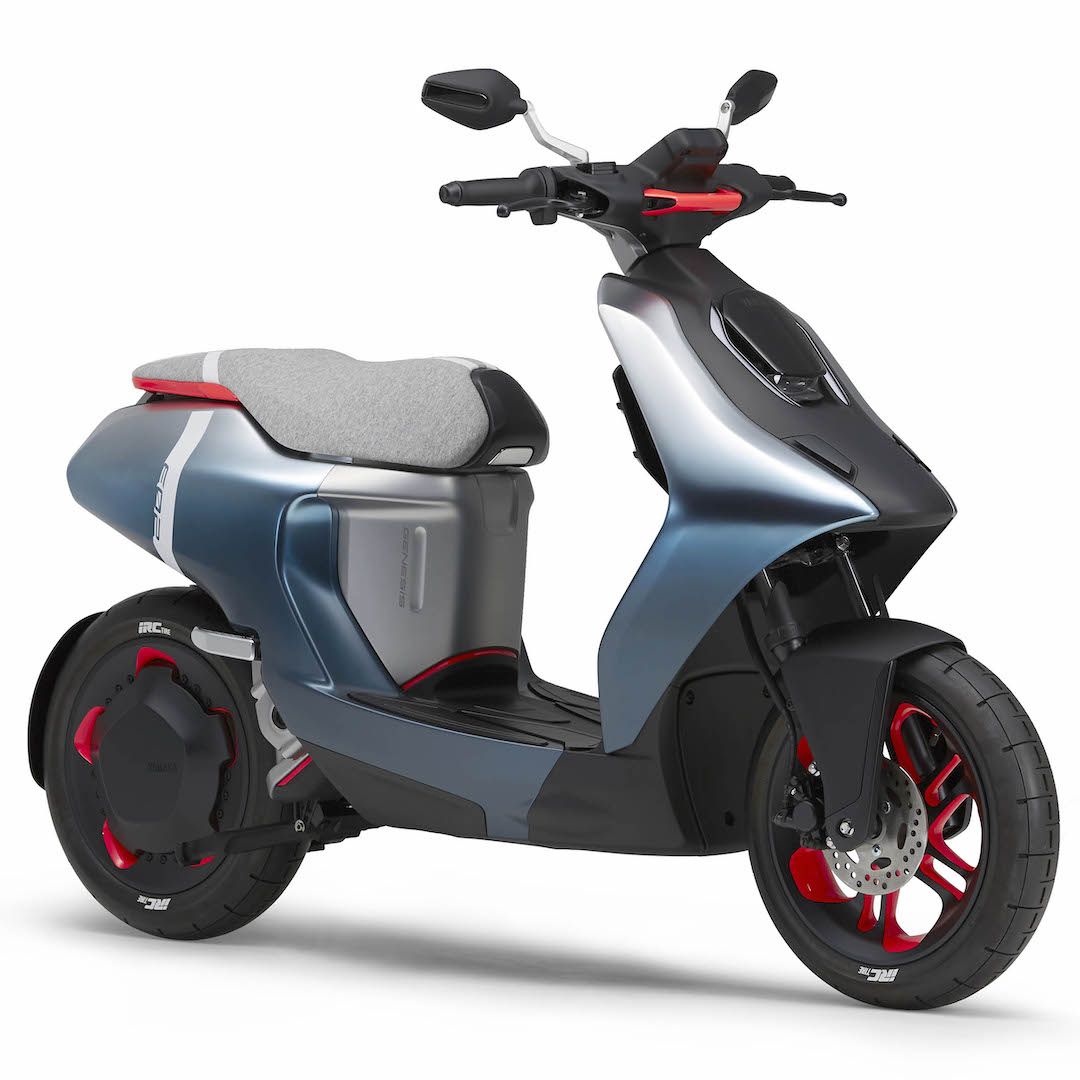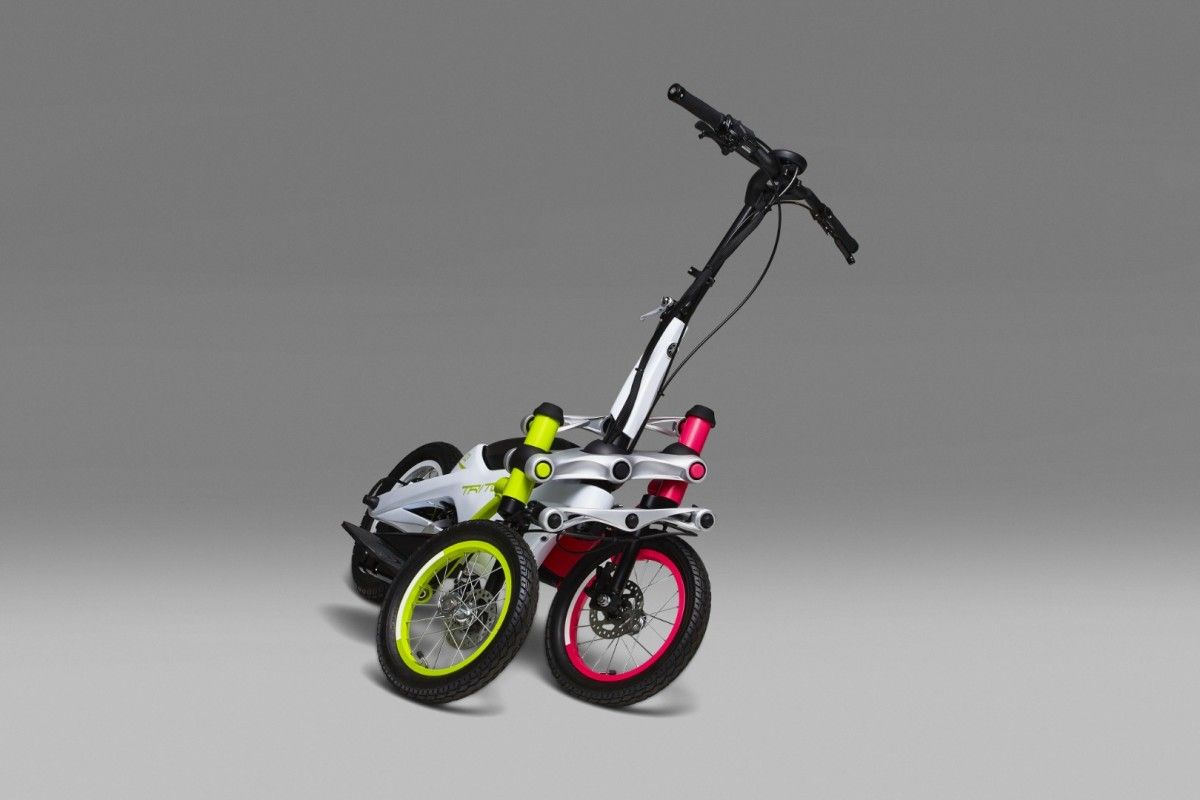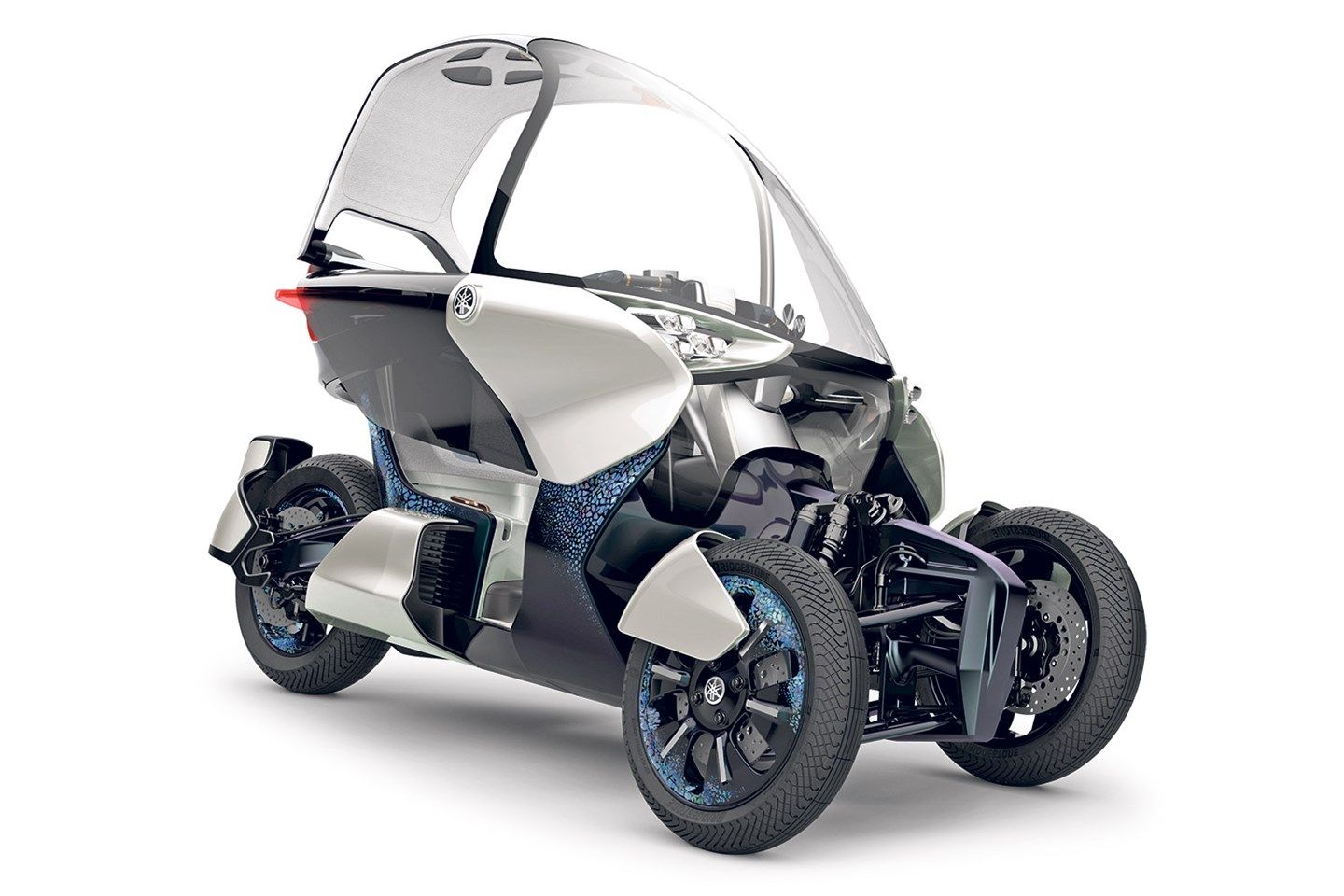Yamaha's latest corporate strategy document shows that the Japanese company aims to be carbon neutral by 2050. However, it also projects that only 20% of its motorcycles will be electric by 2035, the deadline for banning of sales of ICE-powered vehicles in many countries. Yamaha's vision of future personal urban mobility might not be what the consumer is envisioning.
Yamaha Plans for the Future
Governments around the world might be talking of banning the sale of internal combustion-engined cars and motorbikes by 2030 onwards, it seems as if that isn’t the intention for some manufacturers.
Yamaha, in its latest corporate document, states that while it might want to be carbon neutral by 2050, it doesn’t envisage electric bikes to make up more than 20% of total sales by 2035, which could mean, if this is a trend that more motorcycle manufacturers see as being normal, that cut-off dates for ICE-powered car and bike sales might have to be a bit more fluid.
Yamaha does state, however, that it expects 90% of the motorcycles it produces to be electric by 2050, with the remaining 10% using synthetic or carbon neutral fuels.
That doesn’t mean that Yamaha aren’t working on electric vehicles at the present time, but they are not all motorcycles as we recognise them. The company has demonstrated its lateral thinking with models such as the Niken and Tricity leaning three-wheelers and it seems that this thinking will be continued into the future. Yoshihiro Hidaka, Yamaha Motor’s President, said: "We will aim to create new and unprecedented forms of mobility by combining our mobility technologies based on small powertrains – a Company strength – with the robotics born of our production technologies.
"For example, our TRITOWN standing electric micromobility model with twin front wheels was developed wondering what we could achieve if we targeted the last-mile mobility segment.
"With our other pursuits, we are not restricting ourselves to existing forms of motorcycles and are moving forward with the development of a model taking our LMW platform and technologies, which we have been refining for many years, even further.”
What this all adds up to is that the future of urban transport is not necessarily anything we recognise at the moment, in terms of traditional motorcycles or three-wheelers. That points to the manufacturers telling us what we want rather them listening to the consumer to find out what they want. Of course, what the public wants might have no bearing on the matter as legislation is unveiled that will shape what we will be riding and driving in the future.

